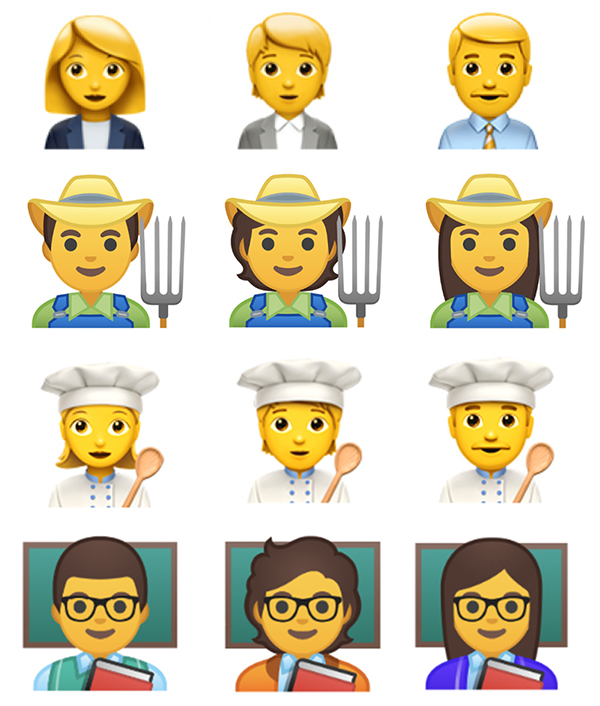 The Unicode Consortium would like to welcome a new Technical Director, Roozbeh Pournader.
The Unicode Consortium would like to welcome a new Technical Director, Roozbeh Pournader.Roozbeh Pournader has been working on internationalization, standardization, open source software, and digital typography since 1994, when he was in high school, where he also participated in scientific olympiads and received several medals, including the Gold Medal at the International Olympiad in Informatics, 1996.
He started his internationalization career by adding Persian support to Donald Knuth’s typesetting system, TeX. Later, while studying Software Engineering at Sharif University of Technology, he founded the FarsiWeb Project that introduced and evangelized internationalization, Unicode, and open source in Iran. At FarsiWeb, Roozbeh led the development of two national Iranian standards, on information interchange (ISIRI 6219) and keyboard input (ISIRI 9147), which helped transition Persian users from old character sets to Unicode. To this day, FarsiWeb alumni, trained by Roozbeh, continue to work in the internationalization field at major tech companies.
Roozbeh founded the Persian Wikipedia in 2003 and received the Unicode Bulldog award in 2009 for his contributions to Unicode and CLDR’s support for complex scripts. Since moving to the United States, he has worked as an Internationalization Engineer at HighTech Passport, Google (working on Noto fonts, bidirectional support, Android internationalization, and Google Fonts), and Facebook. He has been WhatsApp’s Internationalization Lead at Facebook from early 2018.
Roozbeh has been formally representing various organizations to the Unicode Consortium, including High Council of Informatics (2000–2008), HighTech Passport (2009–2011), Google (2011–2018), and Facebook (2018–present). He is also the Vice Chair of the Unicode Script Ad Hoc Group.
For the listing of current directors and officers of the Consortium please see Unicode Directors, Officers and Staff




